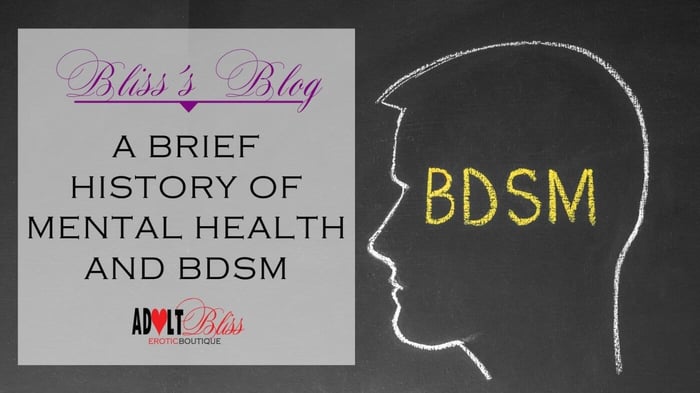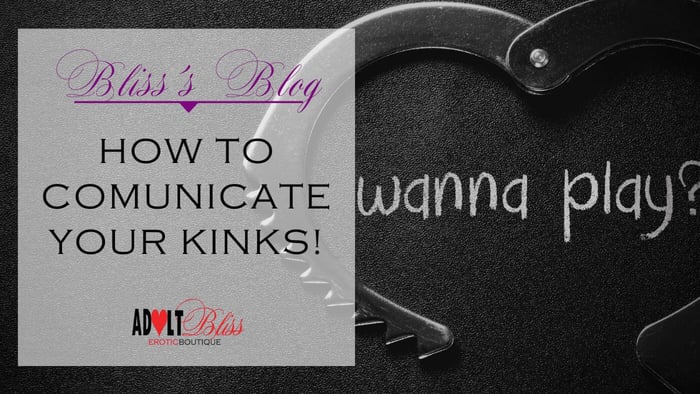
Flogging Safely: A Guide to BDSM's Most Popular Practice
Jump To Section
The History Of Flogging:
Where It All Began
Before we talk about flogging safely today, it helps to understand where this practice began. Floggers and flogging began in England in the 1500s as a punishment for those accused of or found guilty of certain crimes. This was taken to the extreme, people were whipped until bleeding or in some cases flogged to death. Typically using a very harsh type of flogger called a Cat o’nine tails, this was braided leather with knots tied and sometimes with metal tied to it also.
The Anatomy Of The Flogger
Choosing the right flogger is a key part of flogging safely, especially when you're just starting out. Here is a labelled picture of a flogger. This is a general look at one and some might look slightly different. Lets go over the different labels.
Understanding the Handle
The Handle – The handle is obviously where you hold on to the flogger. The handle has a head, shaft and butt. The head will have the falls coming out of them either on a swivel, D link, O ring or straight from the handle. The shaft is the main part of the handle and will mainly be made of wood or wrapped/braided in leather. The Butt of the handle is the end. Most butts of a flogger will have a hoop, loop or link, this is so when not in use, it can be hung and stored easily and correctly.
What is a Swivel and Do You Need One?
The Swivel – On this flogger there is a swivel attached, this is used so that its easy to swing the flogger and not get the falls knotted up. Depending on how you are using the flogger this might be a good choice for you. Other floggers might not have a swivel, these are used with more of a wrist rolling action, a technique commonly called florentine flogging,
Different Types of Falls
The Falls or tails – The falls are the parts of the flogger that hit the bottom. They are generally made from different types of leather, fur, or rubber. When the falls are made thin they sting more. When they a are thicker they are thuddier. When made from a soft fur or sueded leather they are softer than a stiffer rubber for instance.

Where Can I Hit With a Flogger
Floggers can be used as the whole play scene or they can be used as a starting point to warm somebody's skin up ready for more play.
Green Zones vs. Red Zones
You can use a flogger on lots of areas of the body, I have made a quick Green (Yes) Red (No) picture for basics. There are finer details once you get more experienced but for now these are the areas. Learning about body-safe zones is essential to flogging safely and avoiding injury.
What you are aiming for are areas with big muscle surfaces. What we aren’t looking for are areas with major organs. Yes, you are hitting outside the body, but, if you hit hard enough on areas with major organs you can cause a lot of issues especially down the road after years of it happening. When ever you are playing safety is paramount, protect your bottom by aiming for the green areas.

Why 'Wrap Around' Can Be Dangerous
You will see I also have the neck in red, this is because of a very common issue called “wrap around” this is where the fall from the flogger wraps around the body and hits on the other side. This is an issue because when it whips around the person the tips of the flogger can hit a lot harder than was originally intended.
How To Store Your Floggers
Floggers like to be hung. Proper storage is part of flogging safely, as it prevents damage to your gear. There is normally a hoop, loop or link at the butt of floggers for this exact reason. They get hung up and the falls just flow down nicely. If you need to hang them out of sight, I suggest a lockable suitcase with some hooks at the top or put some hooks at the back of your wardrobe.

How To Clean Your Floggers
Cleaning is a crucial step in flogging safely, especially if fluids are involved. Floggers like to be dry, especially if they are leather based. If you have gotten some body fluids on them like sweat for instance, lay them out in the sun for a few hours and let them dry. The UV from the sun will also help to sterilise them. Floggers generally don’t need leather treatment creams or oils, some people use them on the handles but the falls should be fine for a good length of time. If your falls get damaged at the ends or start to fray you can trim them, but, this is not regular maintenance.
Floggers are one of my all time favourite toys as they are so varied and versatile. I hope you enjoy them too.
Intro To Flogging (With James from SAPAH), Workshop Tickets

$15.00
Event discussion on Fetlife hereStarts at 1pm on the 6th December 20251/399 Glen Osmond Rd, Glen Osmond, 5064, SA------------------------------------------------------------------------------------------------------------------------------------- Get ready to dive into the...… read more
FAQs
Is flogging safe for beginners?
Yes, with proper education, communication, and caution. Always start slow and focus on safe areas like the upper thighs or buttocks.
How do I know if I’m flogging too hard?
Check in frequently with your partner and watch their body language. Red, swollen, or bruised skin can be fine if it's expected—but communicate clearly.
Can I use any flogger material safely?
Most materials are safe, but heavier or stiffer materials (like rubber or knotted leather) can leave marks or cause injury if used improperly.
What is “wrap around” and why is it dangerous?
Wrap around is when the tails of the flogger strike unintended areas—often the ribs or neck—causing pain or damage. It’s a common beginner mistake.
How do I practice flogging techniques?
Try using a pillow or cushion to practice distance, swing strength, and precision before using a flogger on a partner.
Do I need aftercare after flogging?
Many people do! Aftercare could include cuddling, water, soothing balm on the skin, or simply checking in emotionally with your partner.








